Chairman of the Boards
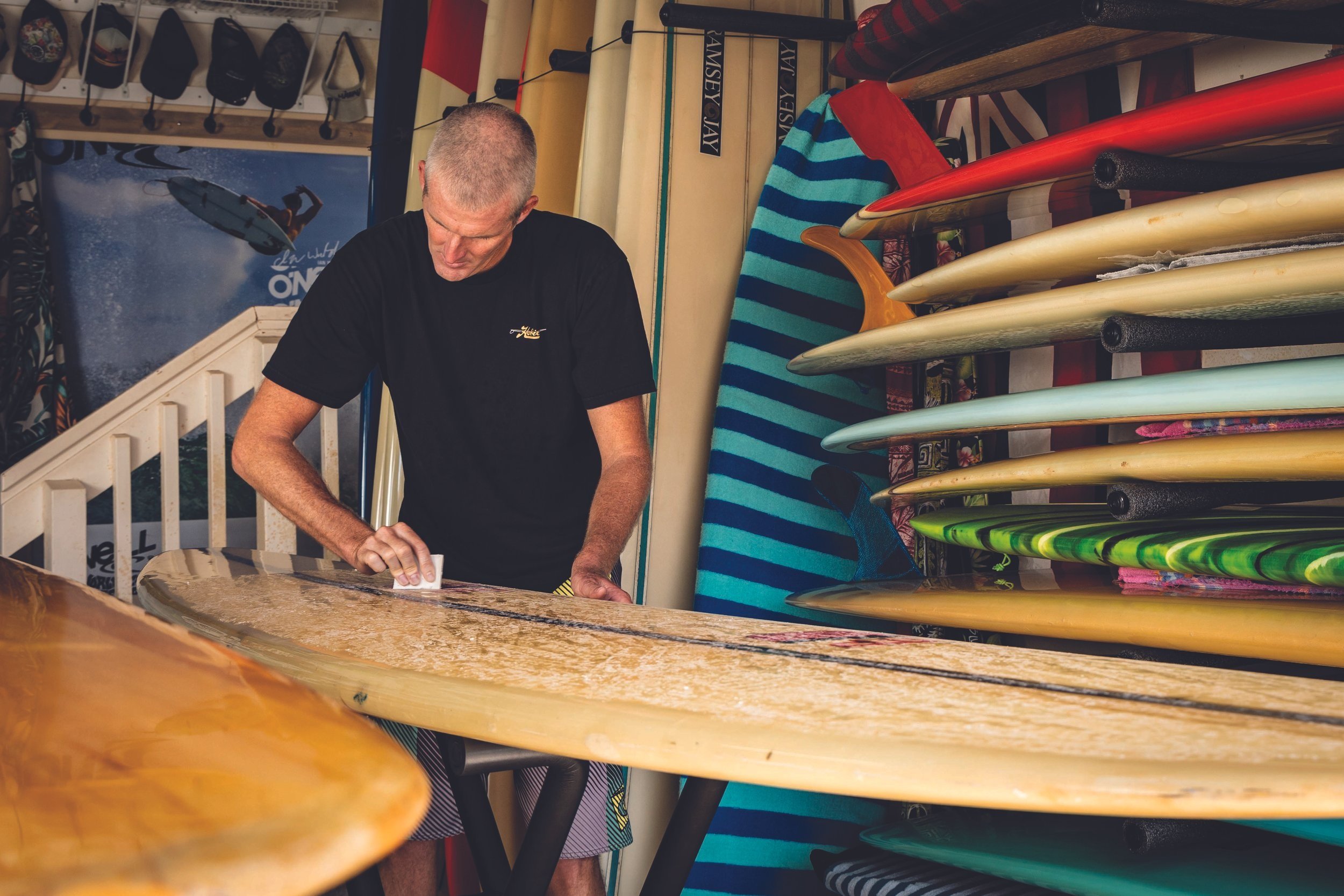
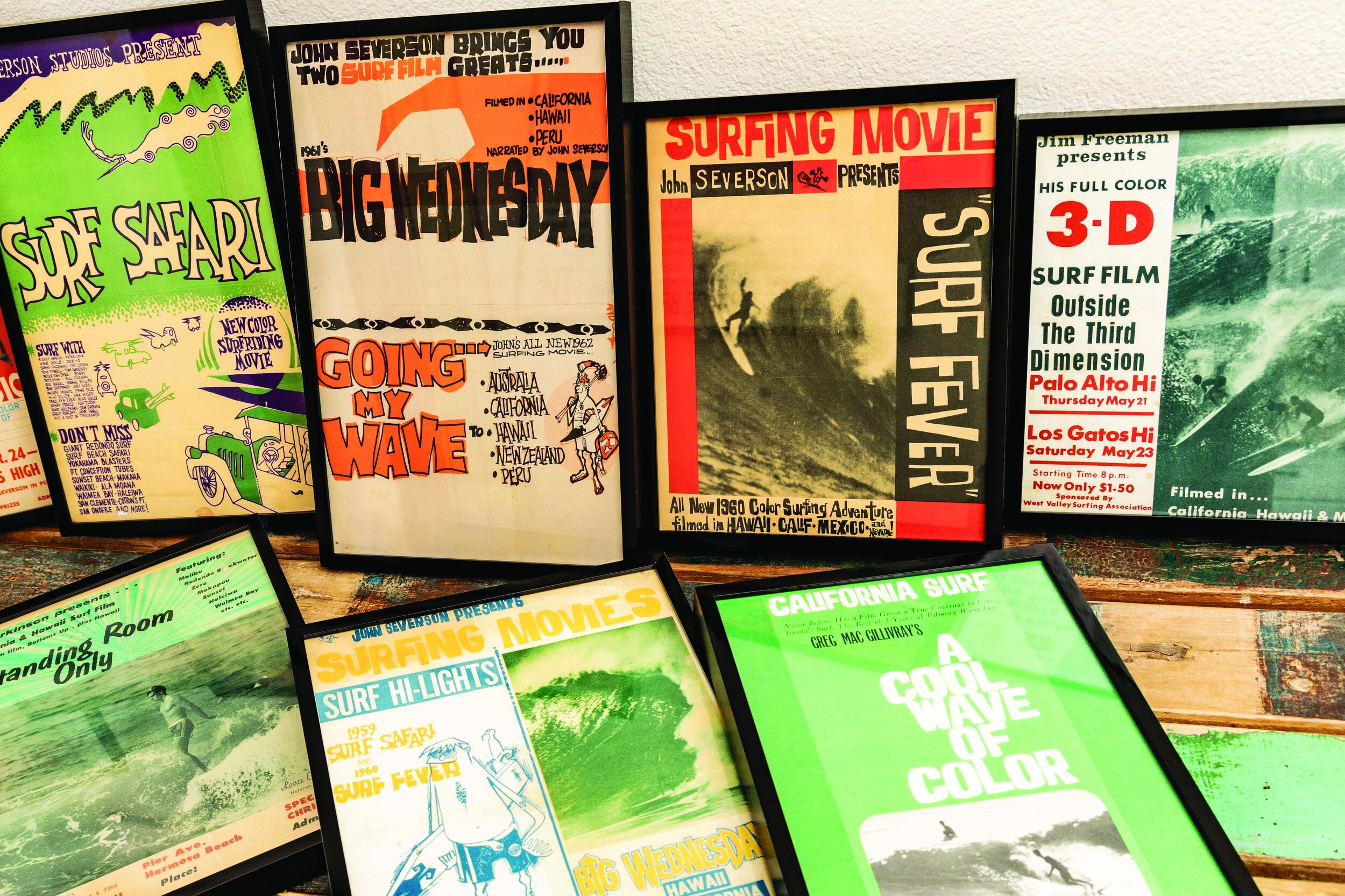
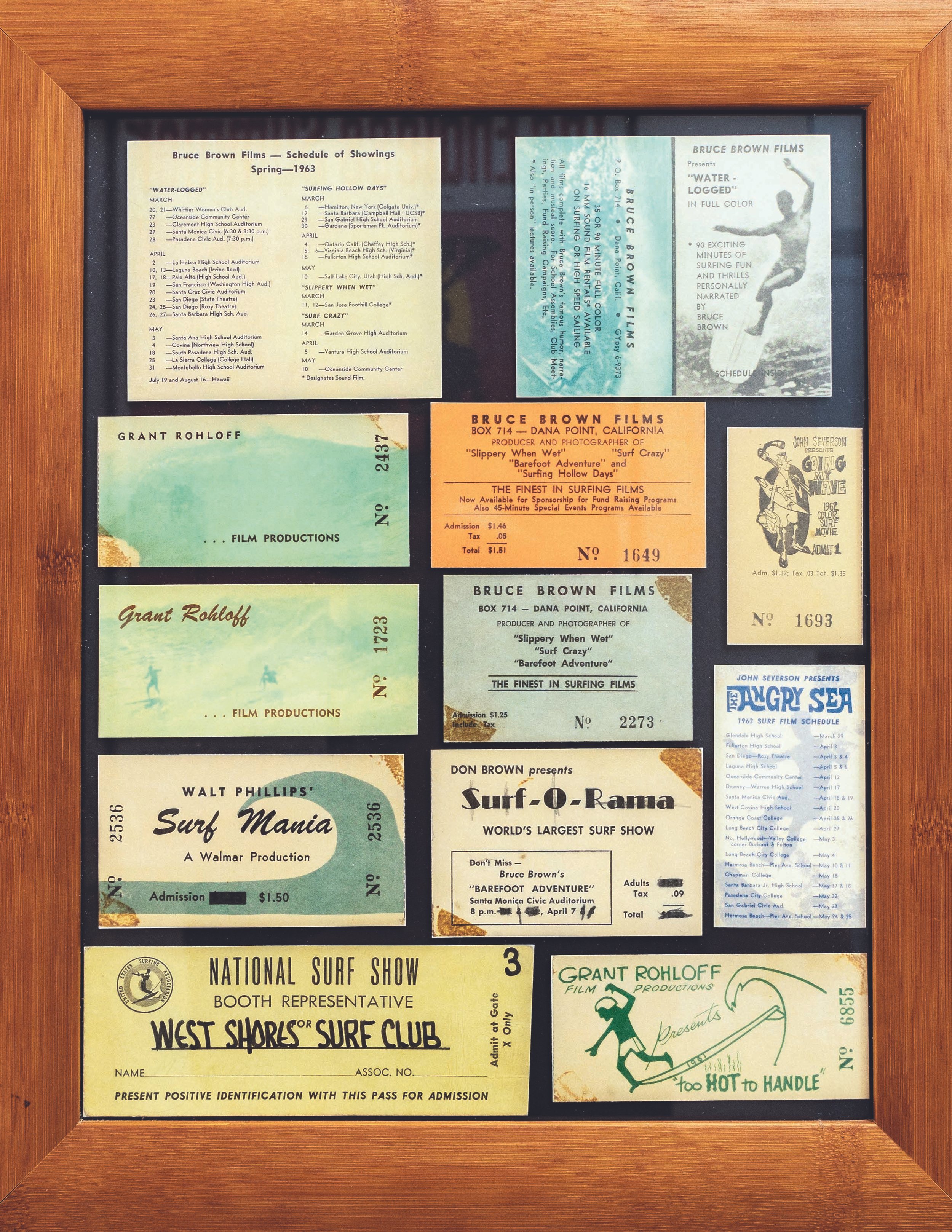
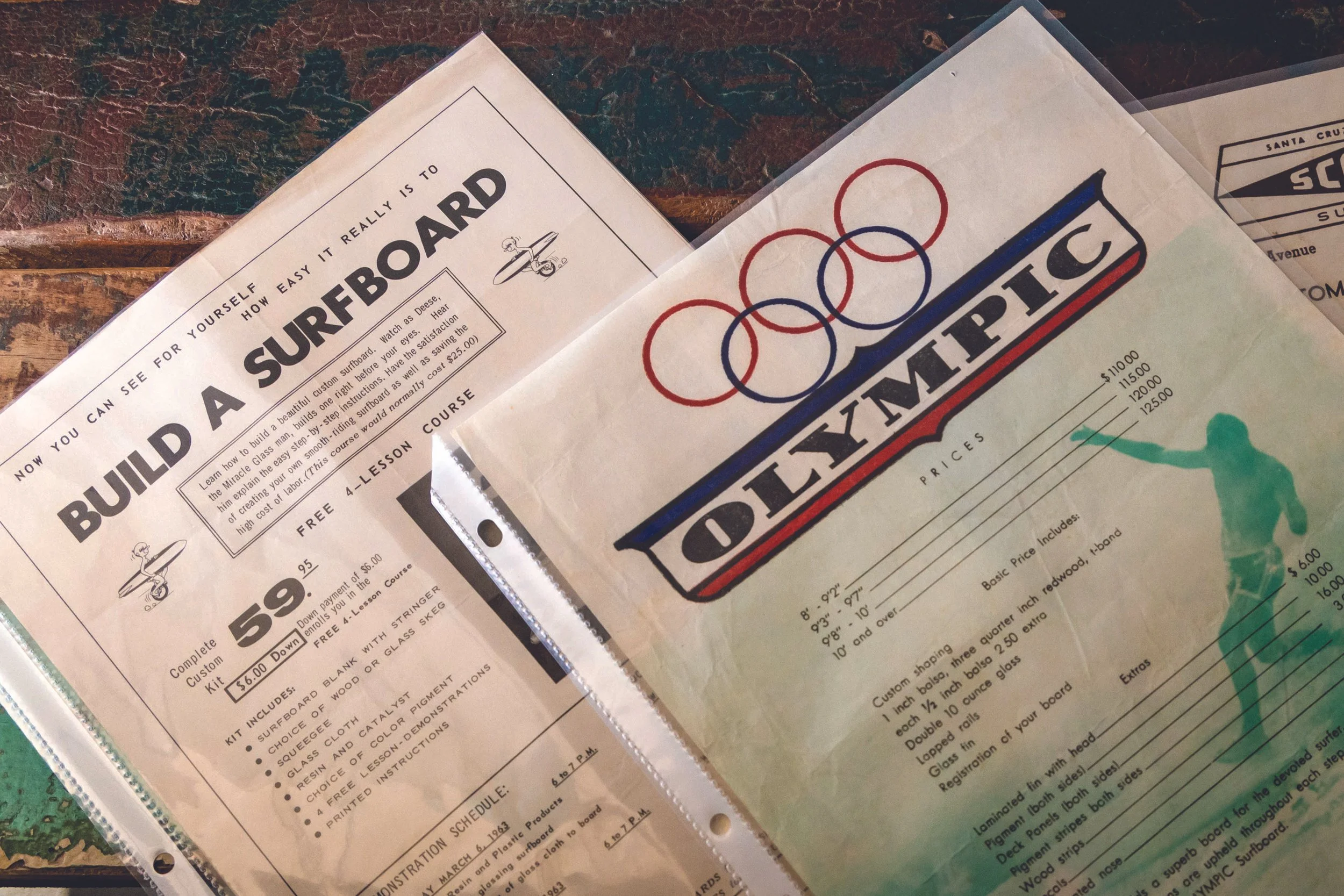
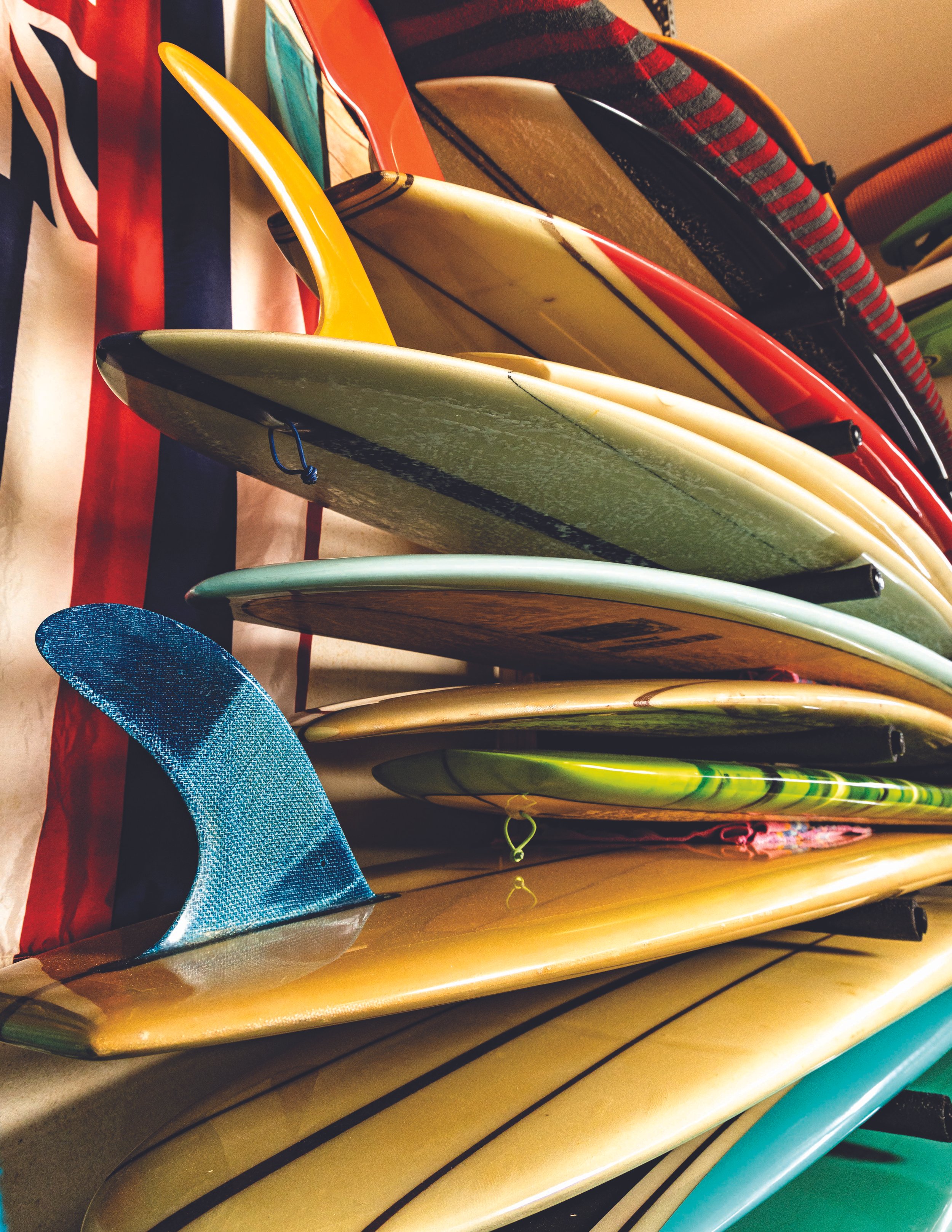
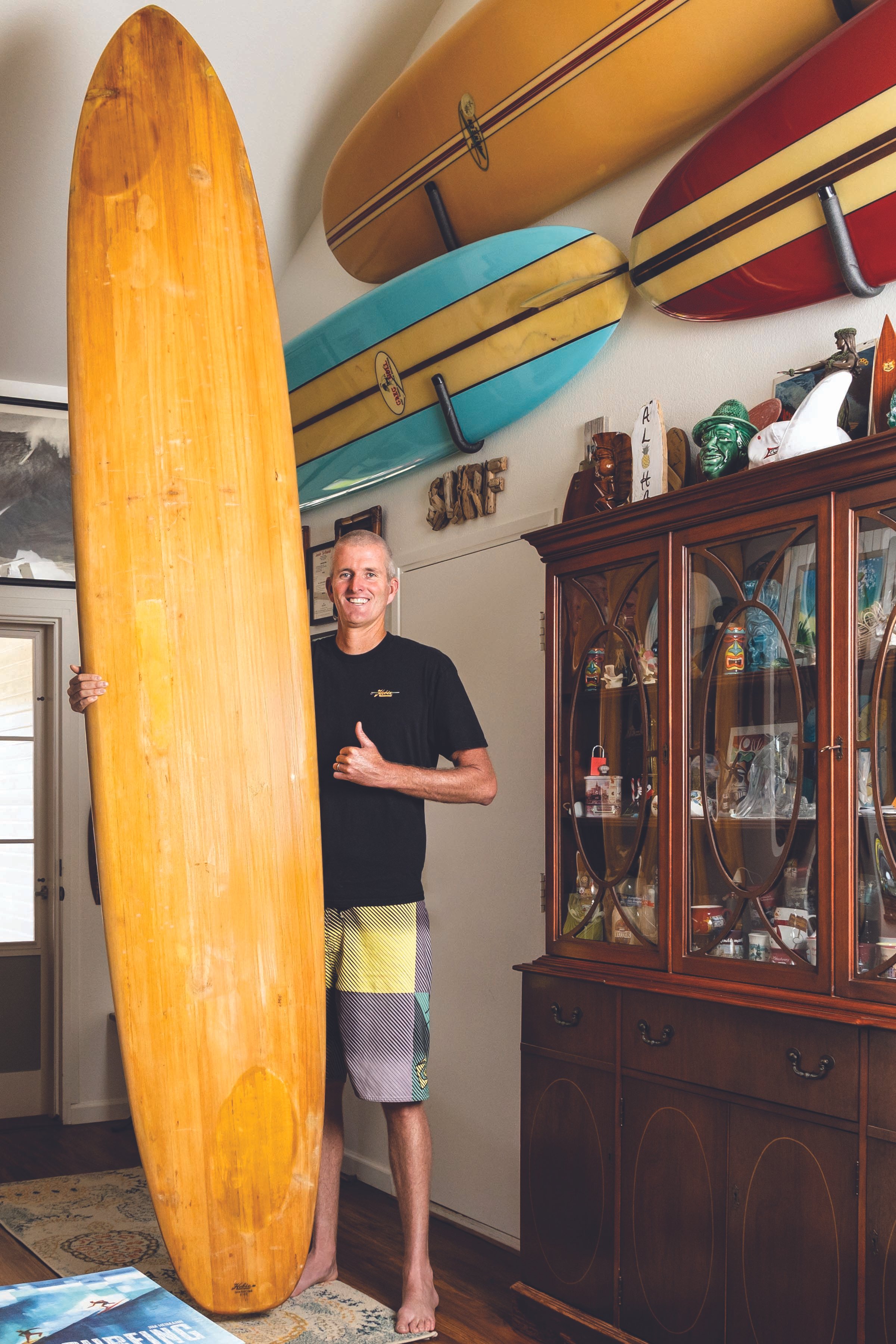
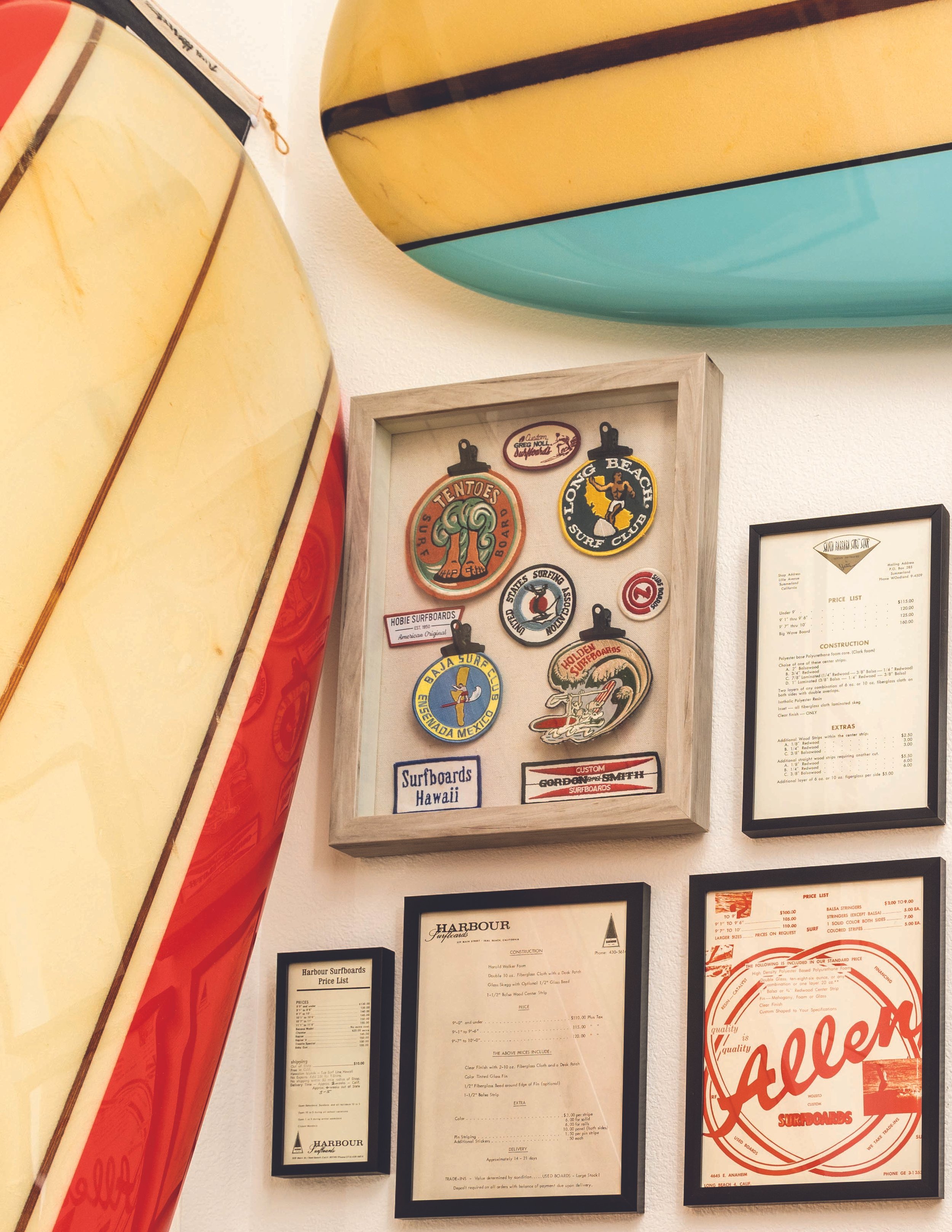
In every culture, the passing of time creates the concept of history, and that historical record is infused with the stories, legends, artifacts and icons that become the treasures and marked waypoints along its ever-lengthening timeline. As with all history, there are eras and periods that define its origin, its evolutionary periods and likewise, the present-day formulary that continues to contribute to it.
For surfing as a sport, pastime and culture, its origin here in Hawai‘i is well documented and forms the foundational lore that gets shared in grainy black and white photographs and postcard reproductions of vintage gravures and woodblock prints. The visual cues of a prior century and the bygone decades of early surfing are there, though; one sees the iconic silhouette of Diamond Head behind a frothy crest of a wave upon which a surfer is riding what can accurately be described as a carved plank. Log-like in shape and density, and nearly uncontrollable with curved and finless bottoms, such are the “boards” that defined surfing at its start and remained largely unchanged until “modern” influences, methods of construction and yes, styles of surfing put a sharp bottom turn into the path of surfing history. One might say that the pace of change and evolution in surfing was relatively glacial until the beginning of the 20th century when things began to change.
And with that change comes an increased necessity to document — and preserve — the priceless pieces of those times. For the golden era of surfing, we have board collector and memorabilia archivist Darren Park to thank for his mission of cataloging the transitional era of surfing. It is, roughly speaking, the time when surfboards as we know them today evolved from solid wood planks to the foam-cored longboards that most people associate with surfing, and prior to the proliferation of the light and agile “shortboard” that followed. The tour through this extensive collection of irreplaceable items was non-linear, but there are certain bookends that define the collection.
As Park explained, the search for more examples to add to this already-extensive collection is never the same and there’s no one way of locating the most worthy pieces to add. “I’ll talk to people, and they’ll share vague details about a board tucked up in a carport, or it could be someone’s uncle has some stuff they want me to look at,” he shares, adding that there is no hotspot for finds, “I’ve gone all over to look at things, here and on the mainland, too.”
Park’s collection occupies the spaces that one might say are not necessarily occupied by himself, his wife or their daughter in a home dedicated to preserving surfboards, and the memorabilia of that era; on the walls are everything from surf shop business cards, to price sheets of the actual boards contained in the collection, as well as movie posters for the films that featured those very same boards.
One might say that Park’s mission isn’t just to collect the boards but to bring together the full picture of what surfing was like as it grew from local waves and spots to its footholds in California and beyond. The boards — all “long” since they predate the short boards that came later — come in myriad colors, with gracefully arcing fins that reflect the experimentation of those days. “There’s a Tunnel Fin,” Park shares, “but it really was just a gimmick. If it worked, you’d still see them today.” Apparently the makers of the day were all keen to have unique and easily-identifiable brand markers on the boards strapped to the surf mobiles of the day. And he has close to one or more of all of the iconic pieces of that era.
Opening a binder, he slides a poster across the table; “Take a look at this surf movie poster, it has the tell-tale holes in the corners where staples attached it to telephone poles to promote the movie.” Park’s collection of original memorabilia is all connected, in more ways than just being of-the-time-and-place. Moving on to another binder, he slips out some magazine ads and an original price sheet, and the logos match one of the longboards that he has pulled out. “Yes, that board shown in the ad and price sheet is this one here,” he says, gesturing to a freshly waxed and ultra-rare Pope board waiting to be ridden on a gentle North Shore day.
As he moves through the highlights of a collection that include boards from iconic names such as Dick Brewer, Dewey Weber, Hobie Alter, Donald Takayama and many more, Park is also keen to share why he collects this important era in surfing history: “It’s important for Hawai‘i and every place that surfing has spread to” since surfing wouldn’t be where it is today if not for those times, those boards, the magazines, the personalities and shapers. Park muses as he examines a fin “I would so much like for there to be a Museum of Surfing here” and as his hand meets the fin’s curves, he adds “but for now, there is this collection here in Central O'ahu that I am adding to slowly.”
That perfectly sums up Darren Park as not just a collector, but a man on a mission with a greater purpose to benefit us all, whether one is a surfer or even just a shore-side appreciator of the art and beauty of the sport, pastime or culture of surfing.
